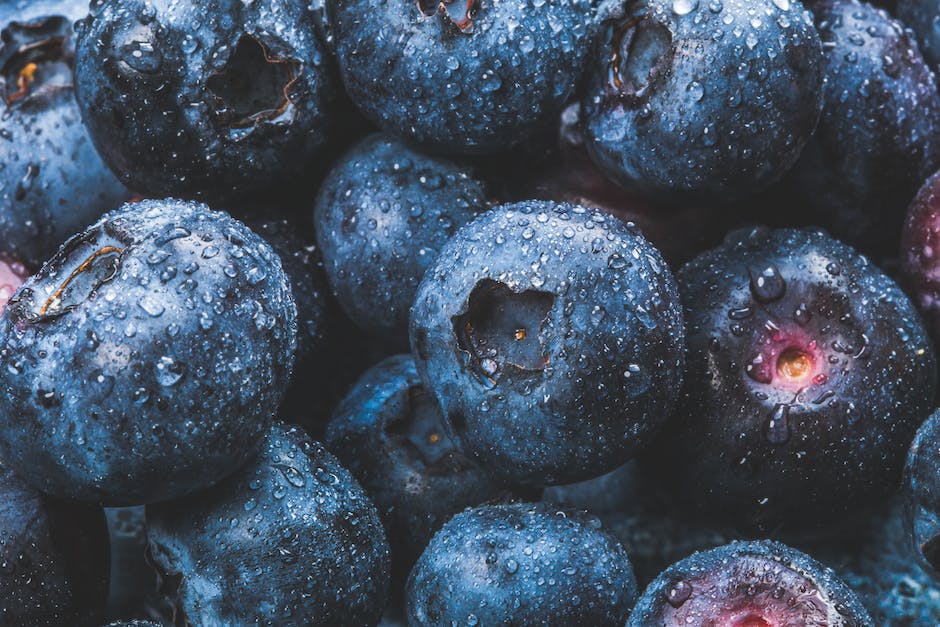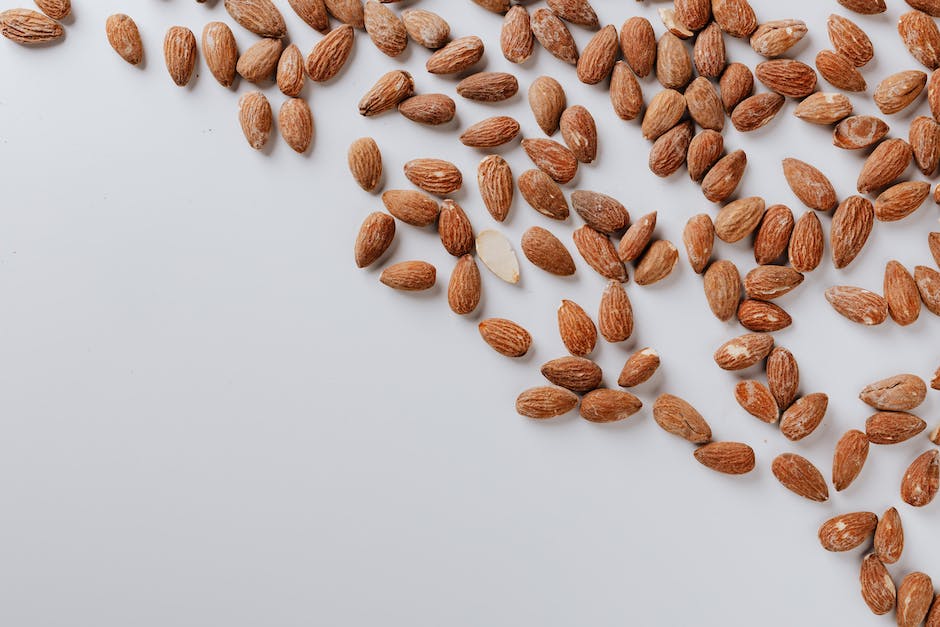
Avocado
The ketogenic diet is a powerful tool for achieving healthy and sustainable weight loss. By cutting carbohydrates, your body enters into a metabolic state called ketosis, where it starts to burn fat instead of glucose for energy. While the science behind the ketogenic diet is complex, following a simple step-by-step guide can get you started on your journey towards a healthier and thinner you.
Step 1: Assess Your Diet
The most important step to getting started on a keto diet is understanding what foods you should and shouldn’t eat. Typically, the ketogenic diet involves eating low-carbohydrate foods such as fatty fish, non-starchy vegetables, and healthy fats while avoiding processed or high-carbohydrate foods such as white bread, sugary foods, or processed snacks. Take some time to assess your current diet and make any necessary adjustments for a healthy and sustainable keto diet.
Step 2: Focus on QualityFats
Fats play a significant role in the ketogenic diet, as they provide your body with energy and essential vitamins and minerals when carbohydrates are restricted. To ensure that you are getting quality fats in your diet, focus on consuming healthy sources such as coconut oil, olive oil, avocado oil, nuts, seeds, fatty fish, and grass-fed meats.
Step 3: Stock Up OnKeto-Friendly Foods
Once you have an idea of the types of fats, proteins, and vegetables you should be eating, it’s time to go shopping! Make sure to stock up on low carbohydrate foods that will make following your ketogenic diet easier. Examples of keto-friendly foods to stock up on include leafy greens, cruciferous vegetables, eggs, nuts, seeds, oils, and fatty fish.
Step 4: Track YourMacronutrients
When starting on a ketogenic diet, it is important to track your macronutrients (protein, fat, and carbohydrates) to ensure that you are getting the right amount of each macro. Aim for about 75% of your calories from fat, 20-30% of your calories from protein, and the remaining calories from carbohydrates.
Step 5: Stay Hydrated
Staying hydrated is key for successful weight loss on the ketogenic diet. Be sure to drink at least 8 glasses of water a day to keep your body properly hydrated, which can help to optimize your metabolic processes and aid in weight loss.
Step 6: Get Support
People who have support when starting a new diet are more likely to be successful. Consider reaching out to friends and family, joining an online support group, or seeing a dietitian who specializes in ketogenic diets for help and encouragement.
Step 7: Find Out What Works For You
The ketogenic diet is unique for everyone. Be sure to track how your body responds to different foods and adjust your diet accordingly. With practice and persistence, you can find a healthy and sustainable weight loss plan that works best for you.
Conclusion
The ketogenic diet has been proven to be a powerful method for achieving healthy and sustainable weight loss. By following the steps outlined above, you will be on your way to a healthier and thinner you!
